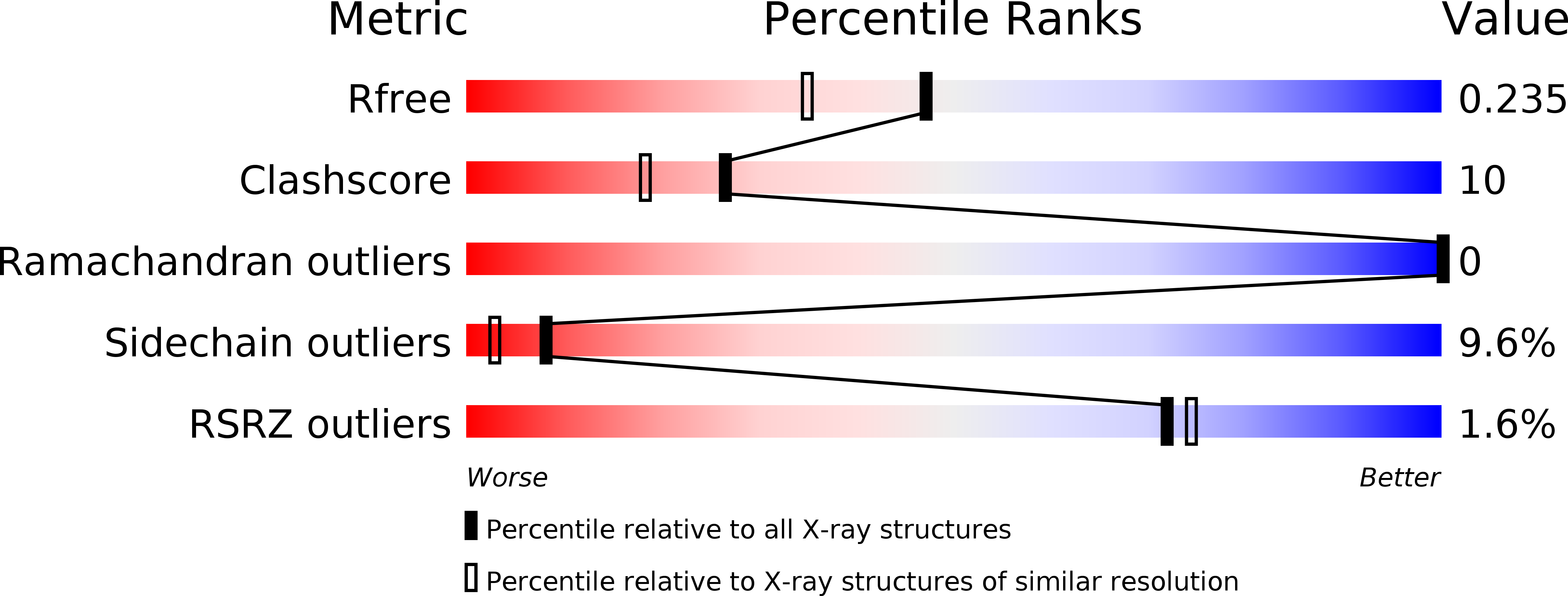
Deposition Date
2012-03-19
Release Date
2012-05-16
Last Version Date
2024-11-20
Entry Detail
PDB ID:
4E83
Keywords:
Title:
Crystal structure of human alpha-defensin 5, HD5 (Leu29NLe mutant)
Biological Source:
Source Organism:
Homo sapiens (Taxon ID: 9606)
Method Details:
Experimental Method:
Resolution:
1.90 Å
R-Value Free:
0.24
R-Value Work:
0.19
R-Value Observed:
0.20
Space Group:
P 21 21 2


